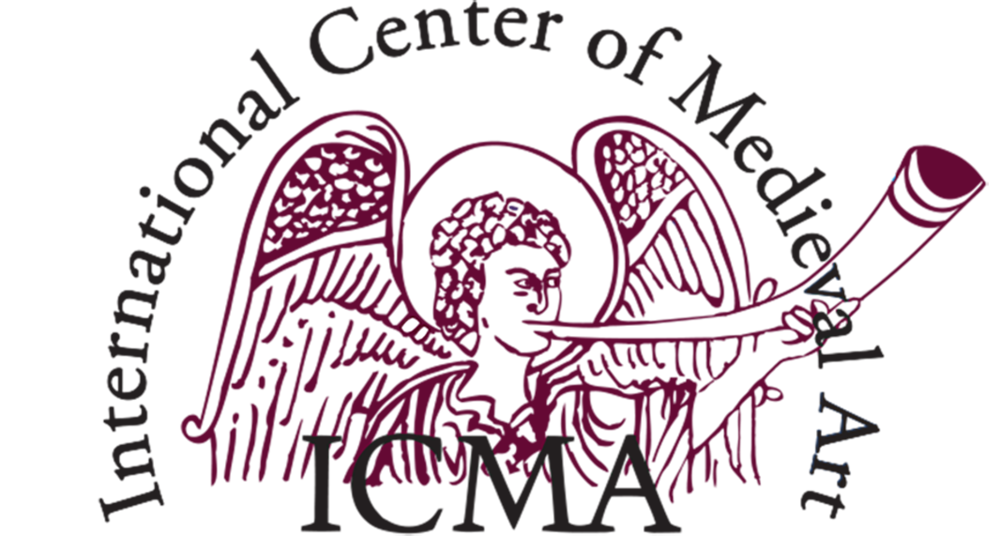DEADLINE EXTENDED! Due 15 SEPT 2019
Art Historical Approaches to Medieval Environments
International Congress on Medieval Studies
May 7–10, 2020
Western Michigan University, Kalamazoo Michigan
International Center for Medieval Art, Student Committee
We are surrounded by evidence that we live in an anthropocentric age: plastic in the oceans, deforestation, animals hunted to extinction. However, forest fires and rising sea levels remind us that human action is not a one-way street. The environment strikes back. Understanding the dynamics between the many actors in environmental networks has, until now, been the purview of the “hard” sciences. As environmental historians close the distinction between nature and culture it is clear that the humanities also have a role to play.
Since the late twentieth-century, discourse has progressed from establishing the relationship between medieval people and their environments to examining the character of this connection. Scholars such as Barbara Hanawalt, Sarah Ritchey, and Richard Hoffmann, have mobilized archeology, literature, and the writings of medieval philosophers—like the Asharite atomist al-Ghazali and the neo-platonist Bernard Sylvestris—to construct diverse interpretations of medieval environmental attitudes. What can the study of sculpture, manuscript illumination, or painted frescos contribute to this discourse? Can art make equally significant claims on the role of God in nature, the effect of environments on the human body, or the politicization of geography? It is in interpreting these visual expressions of environmental attitudes that medieval art historians can contribute to the debate.
“Environments” do not have to occur on a global scale; nor do they necessarily occur between humans and what we today call “nature.” Environments include both the natural world and spaces entirely circumscribed by human agency: the agricultural landscape and the urban center; the mise-en-page of a manuscript, or halls of a royal court. This session aims to examine the ways in which humans have historically engaged with their environments, whatever they may be, through art and architecture, whether by observing, shaping, or responding to them.
Papers might consider themes of:
-Depictions of the natural world
-Urbanism
-Landscape
-The environment of display
-Architecture definitions of, and responses to place
-Climatic effects on the use, availability, or conservation of artistic media
-Environmental impacts (societal, economic, personal, psychological, material) on form and styl
-Kunstgeographie/The geography of art
The Student Committee of the International Center for Medieval Art involves and advocates for all members of the ICMA with student status and facilitates communication and mentorship between student and non-student members.
We invite interested applicants to submit an approximately 250 word abstract and c.v. to Dustin Aaron (dsa268@nyu.edu) by 5pm ET on September 15.
